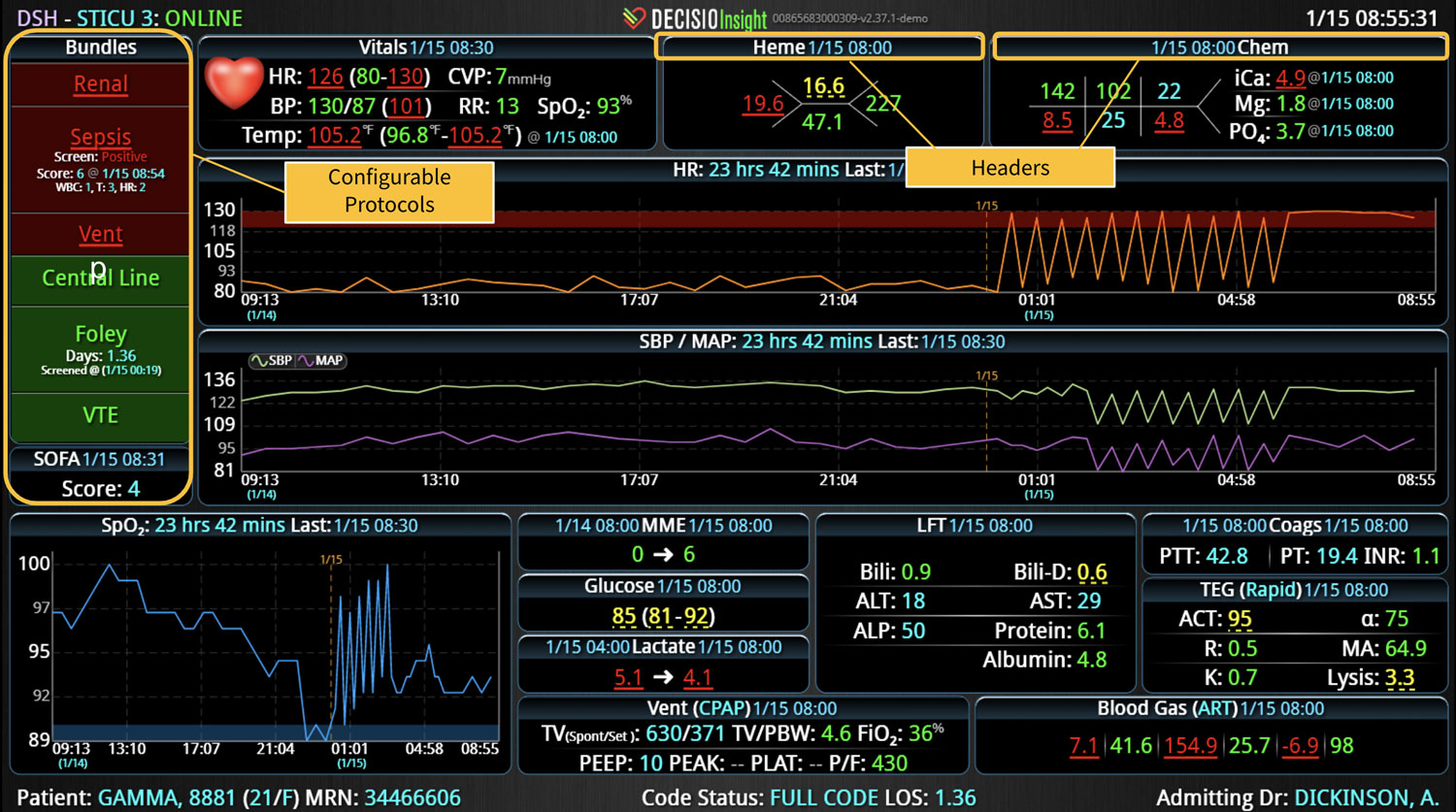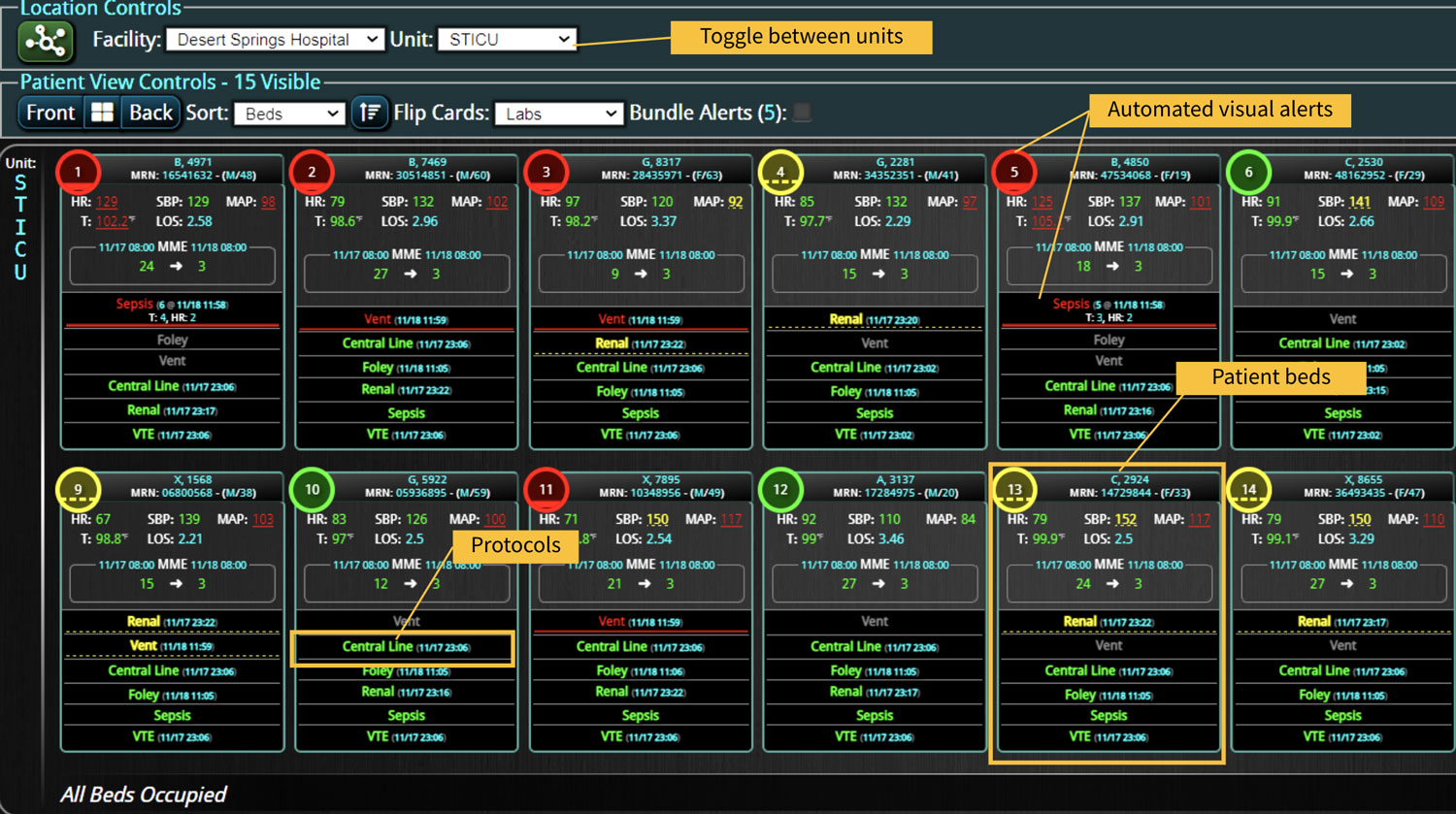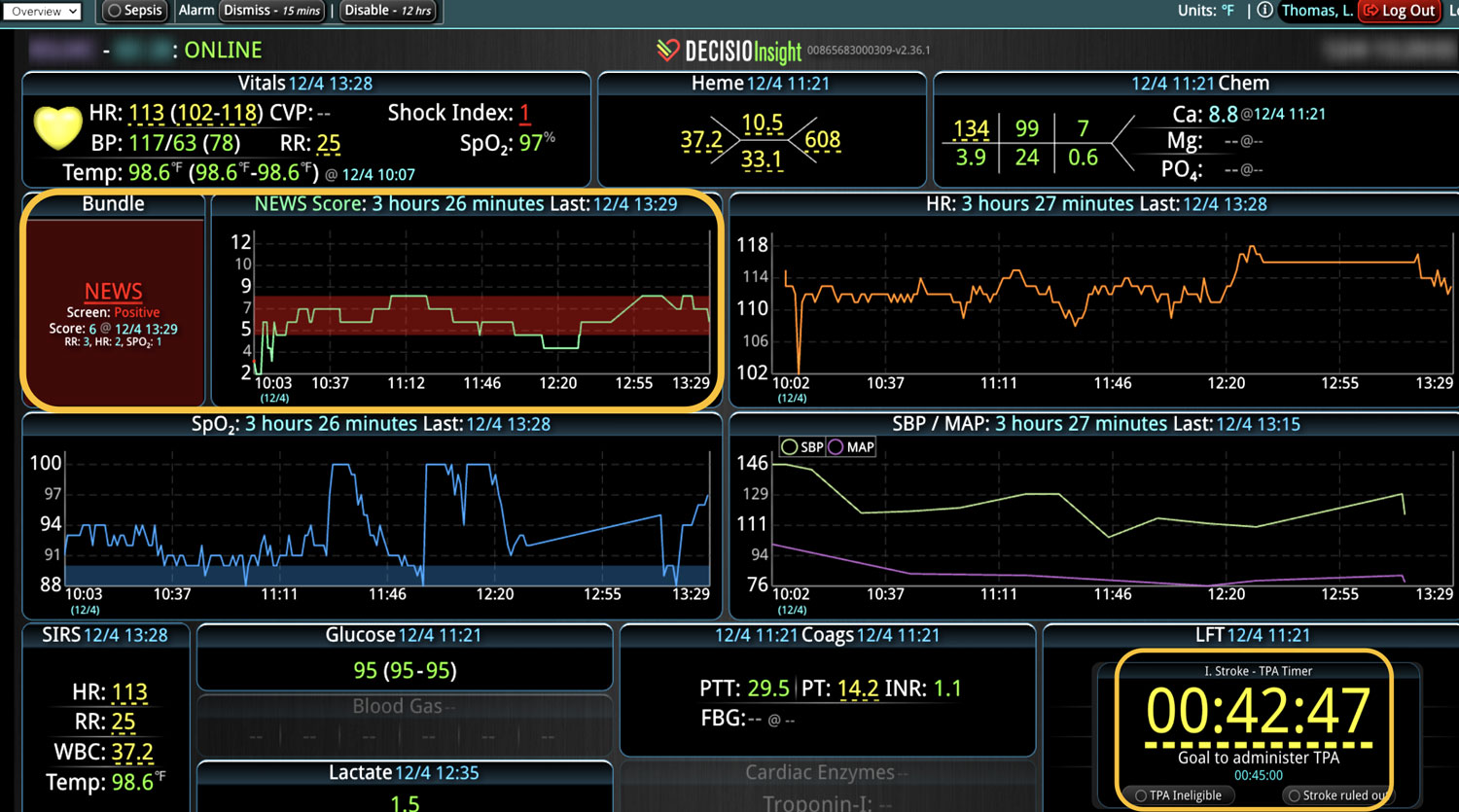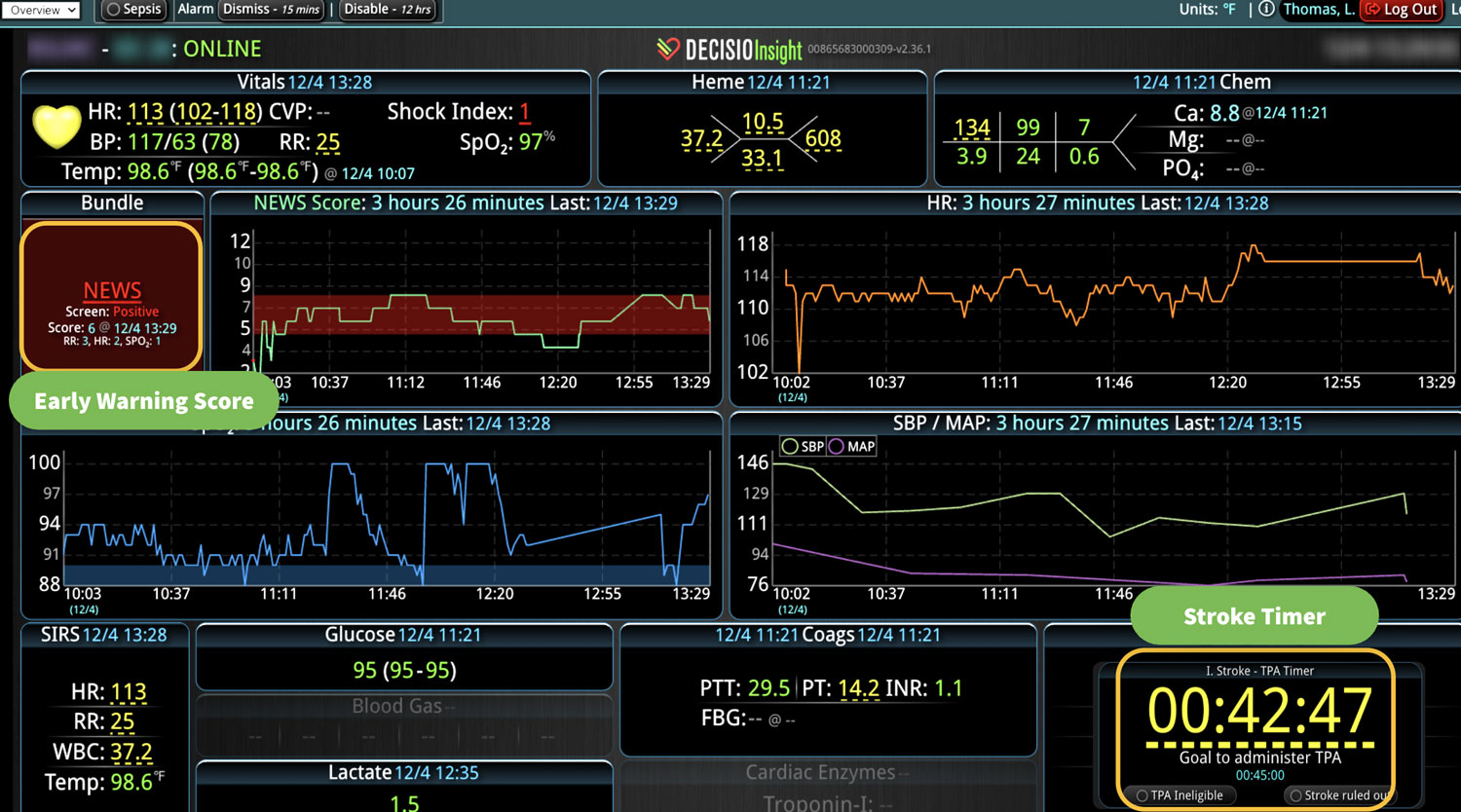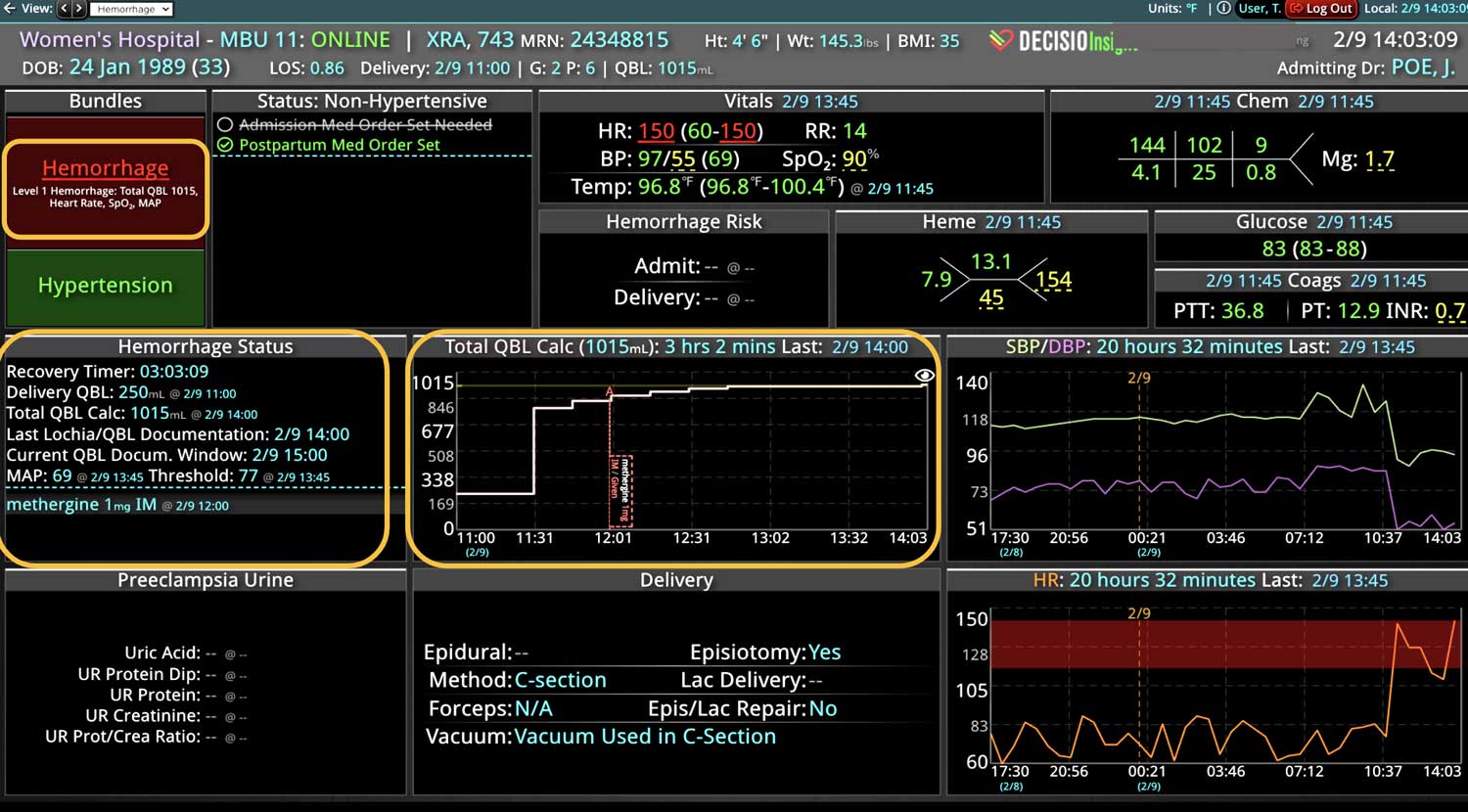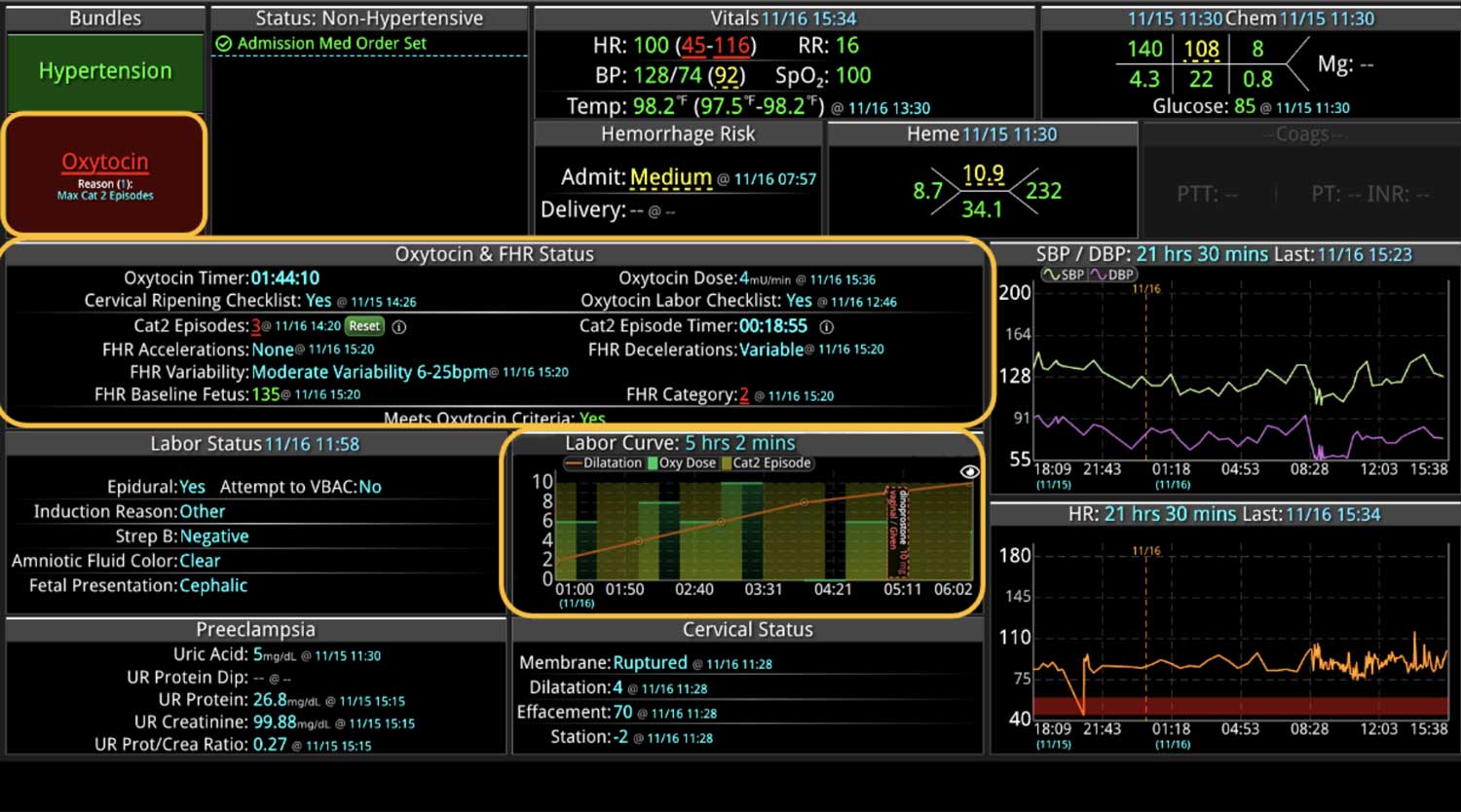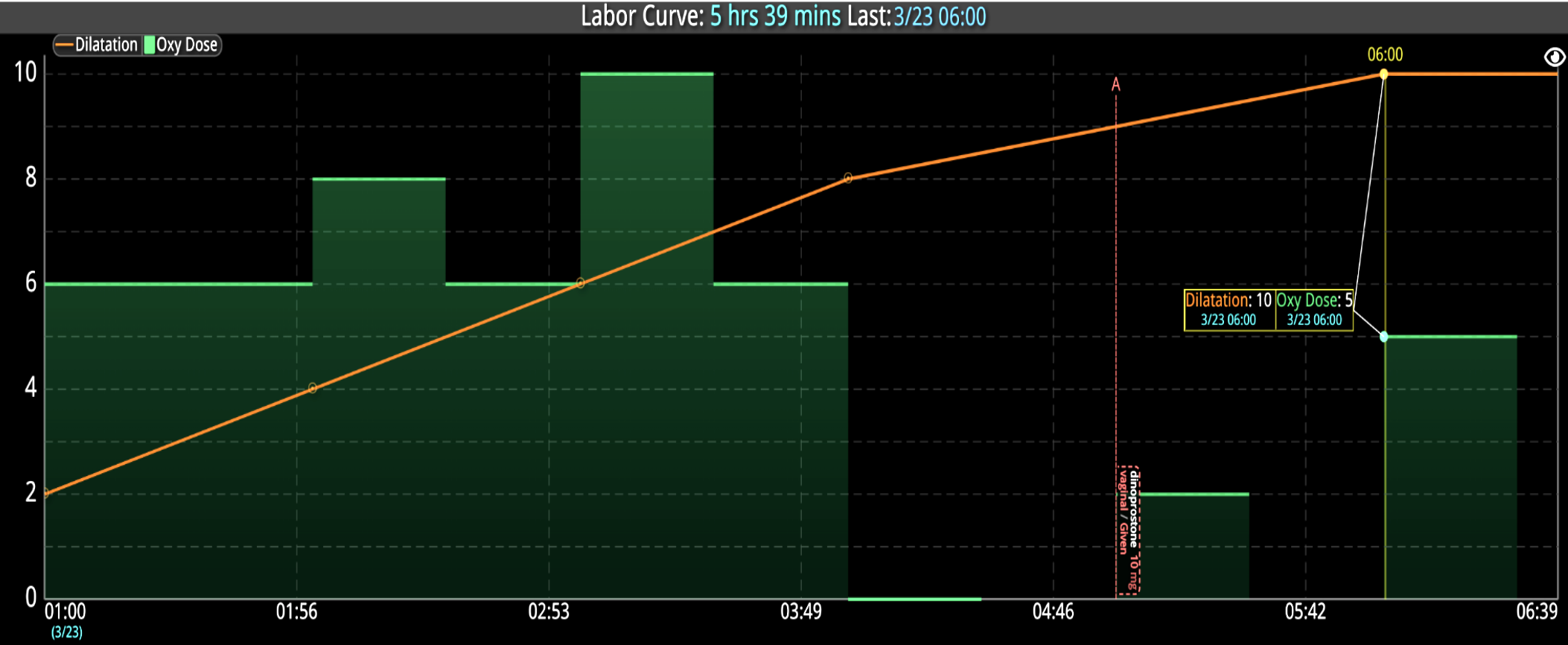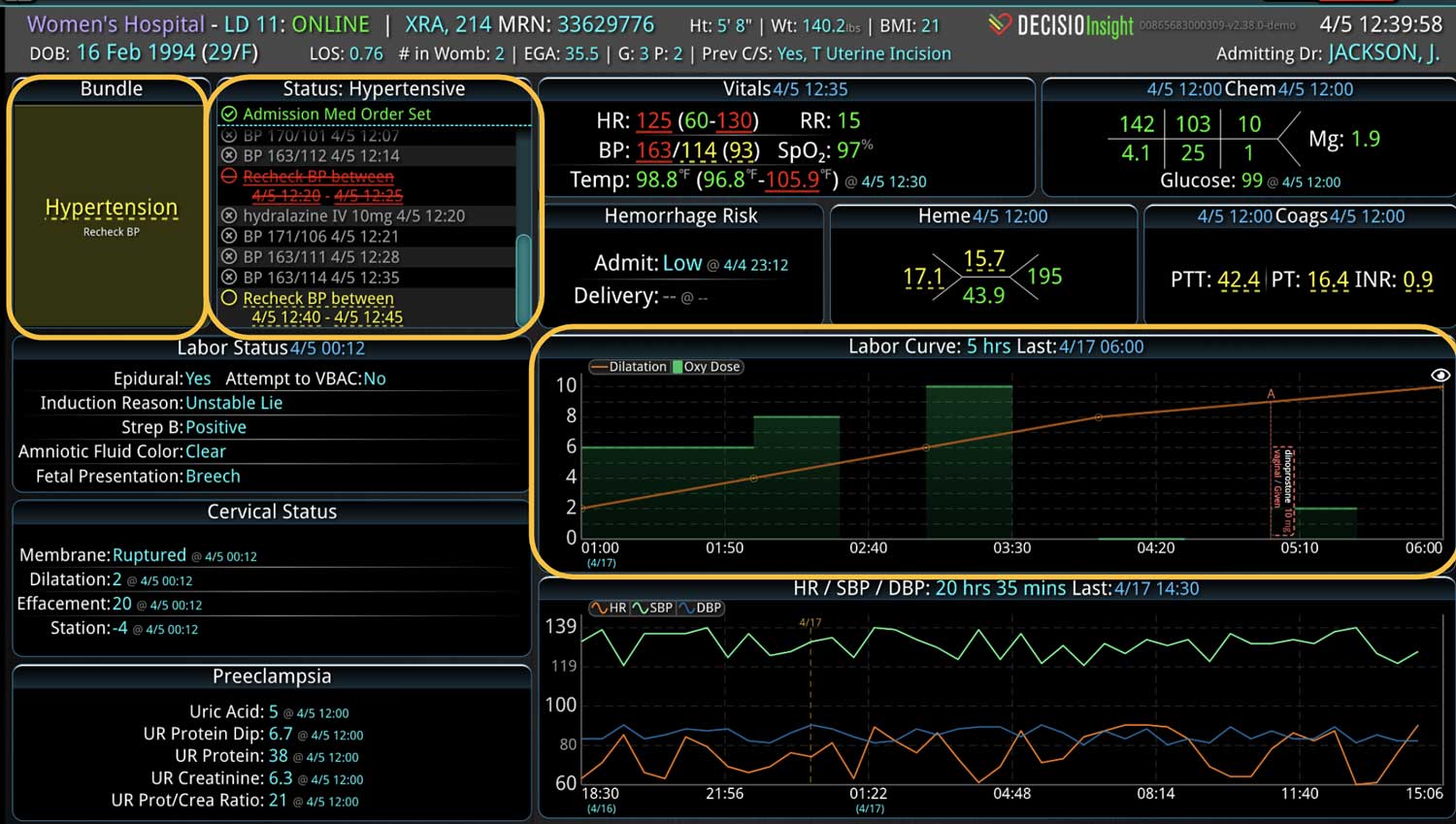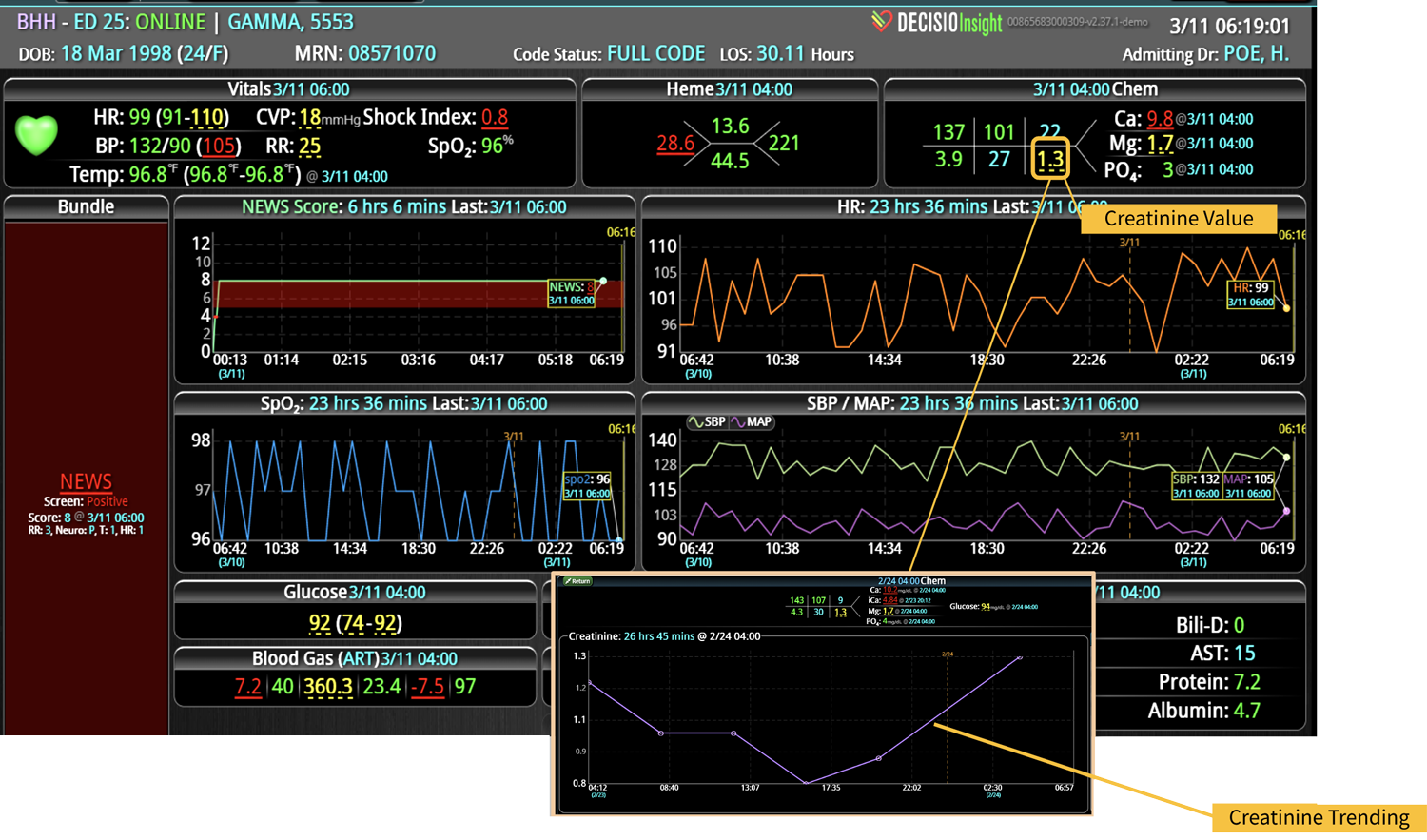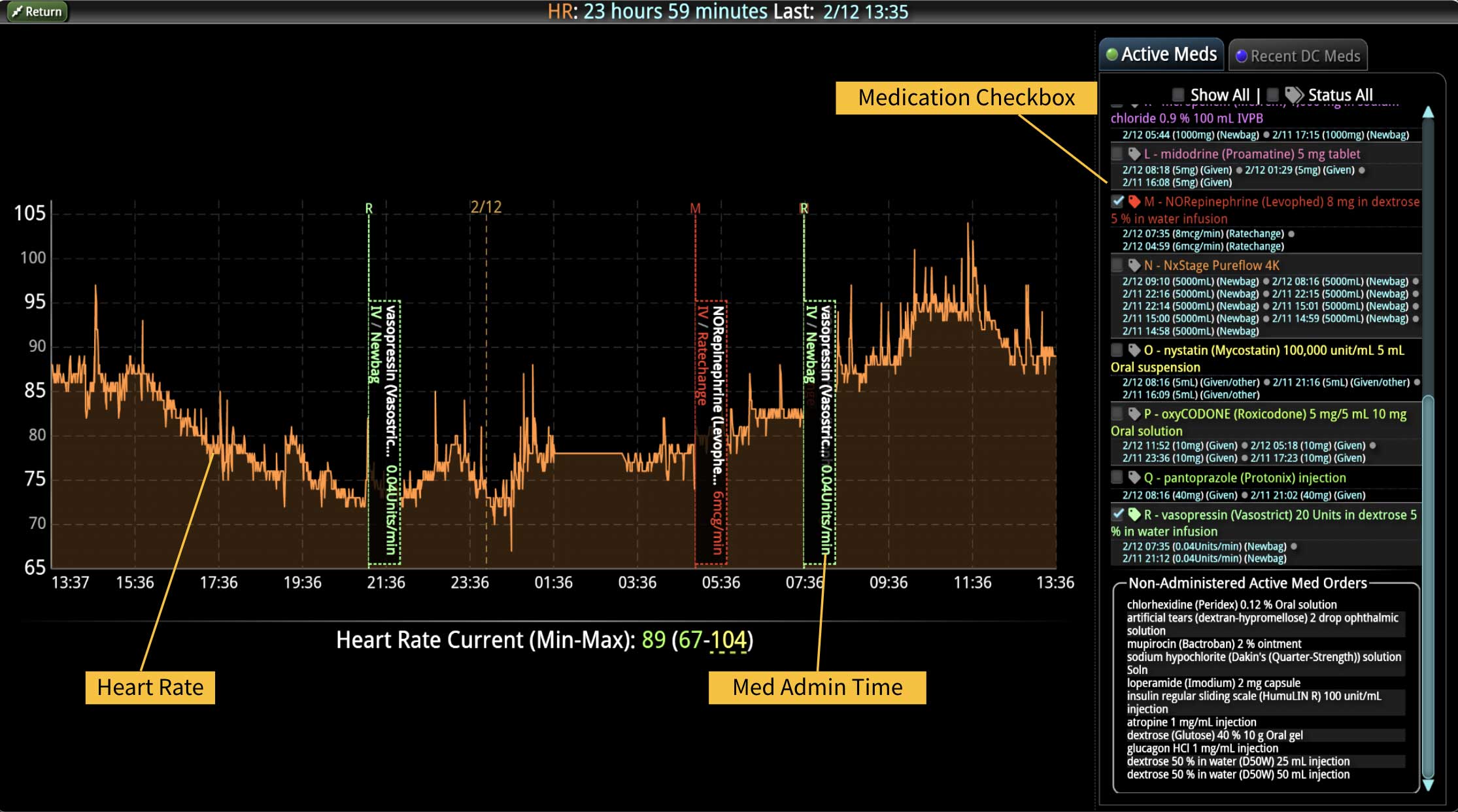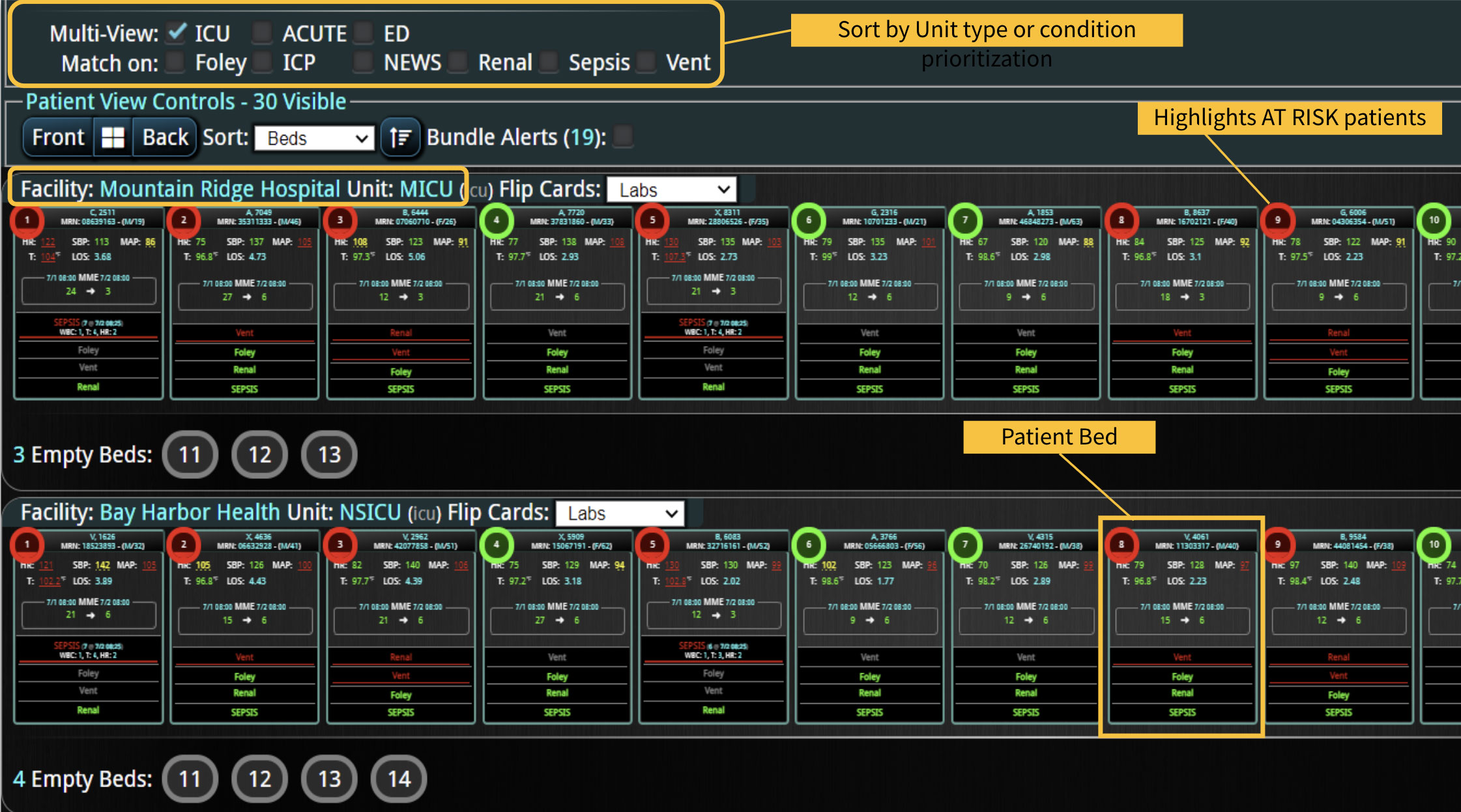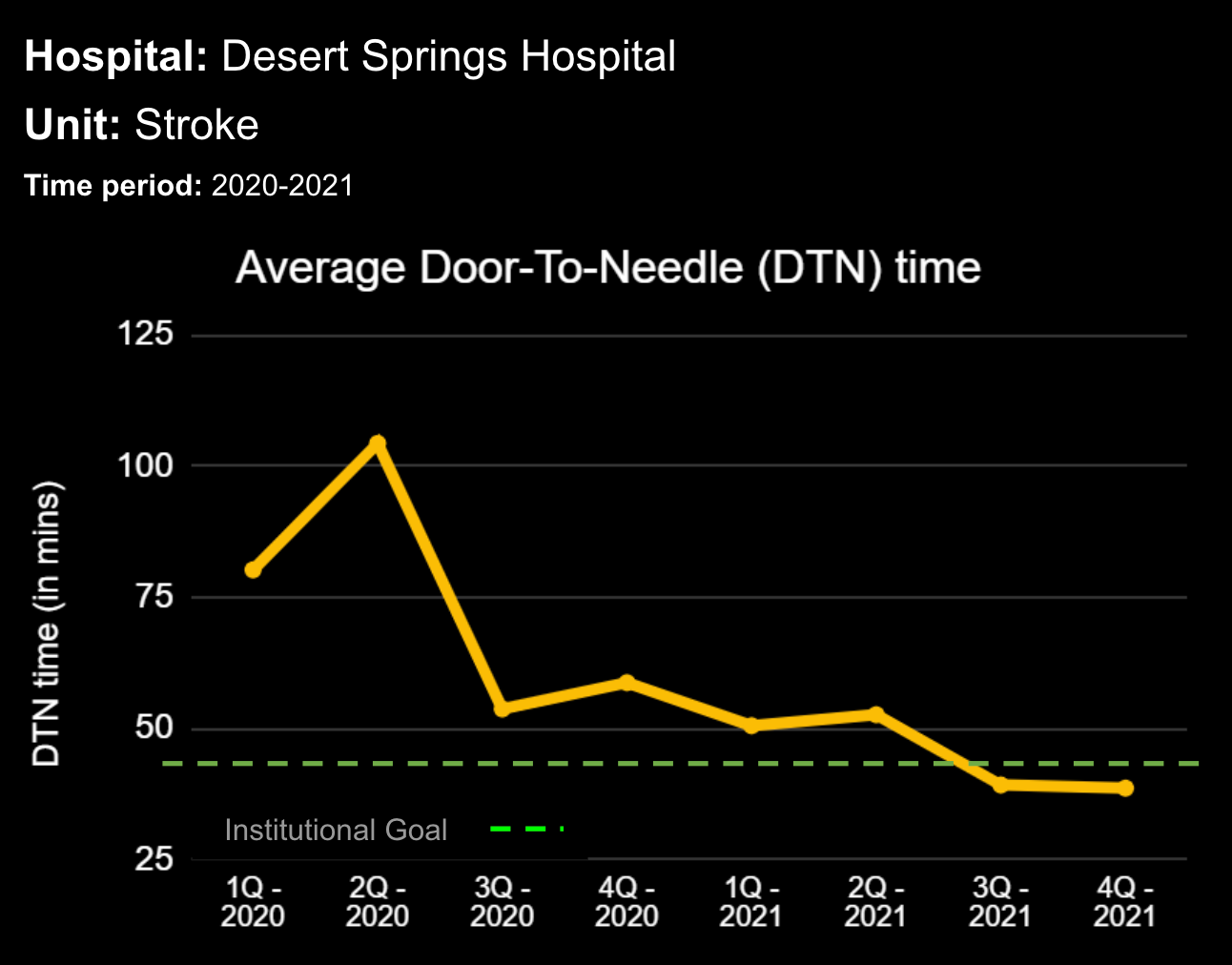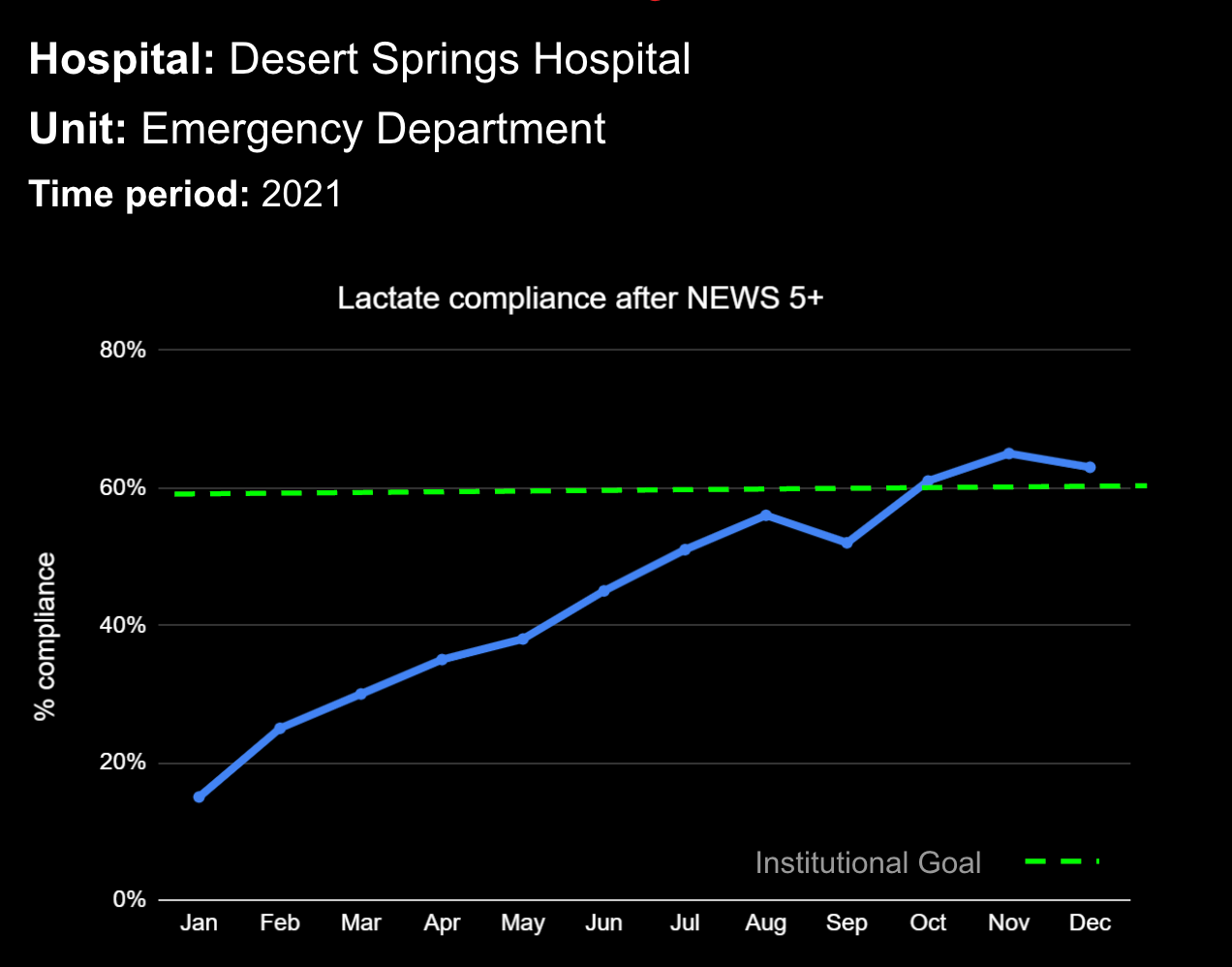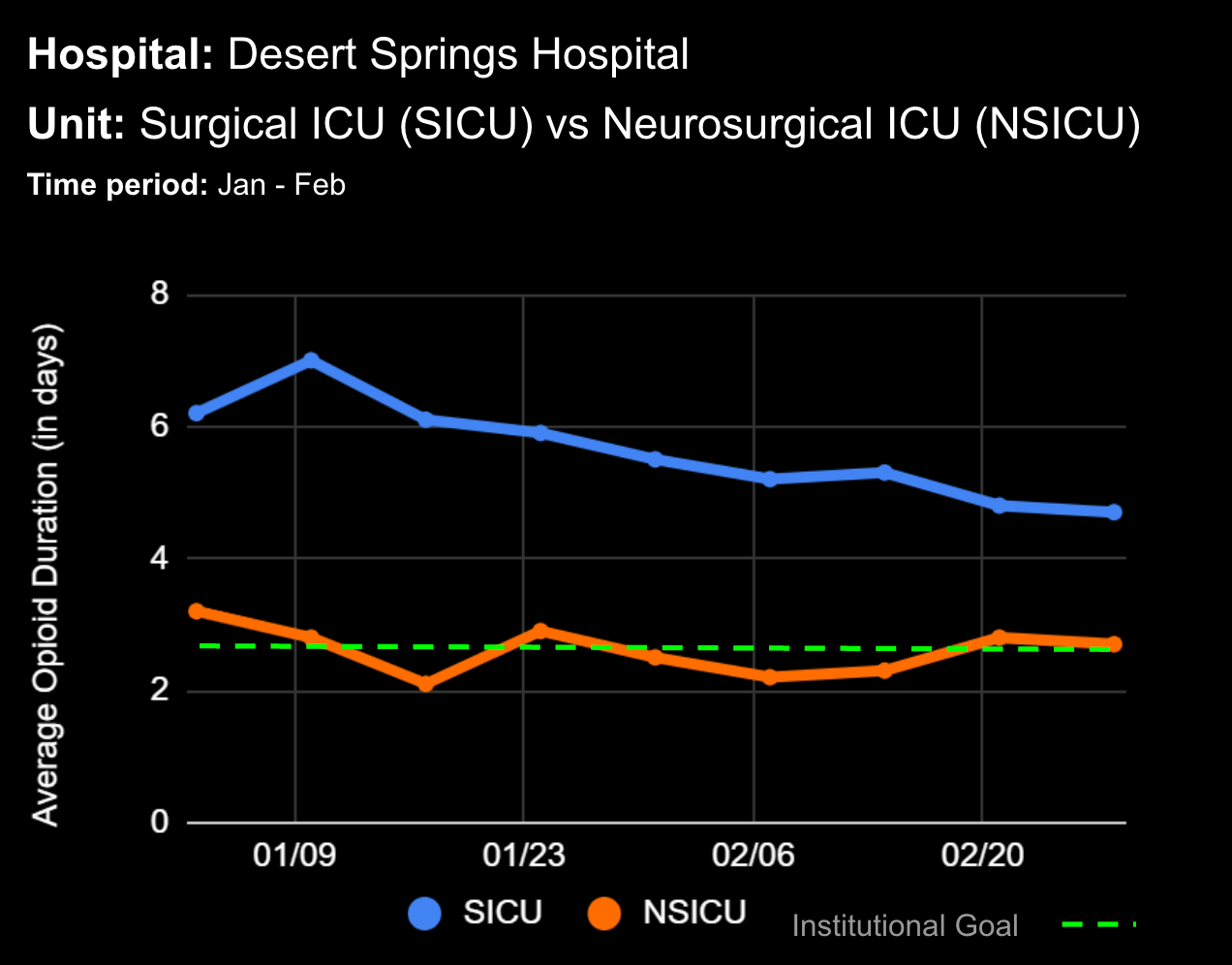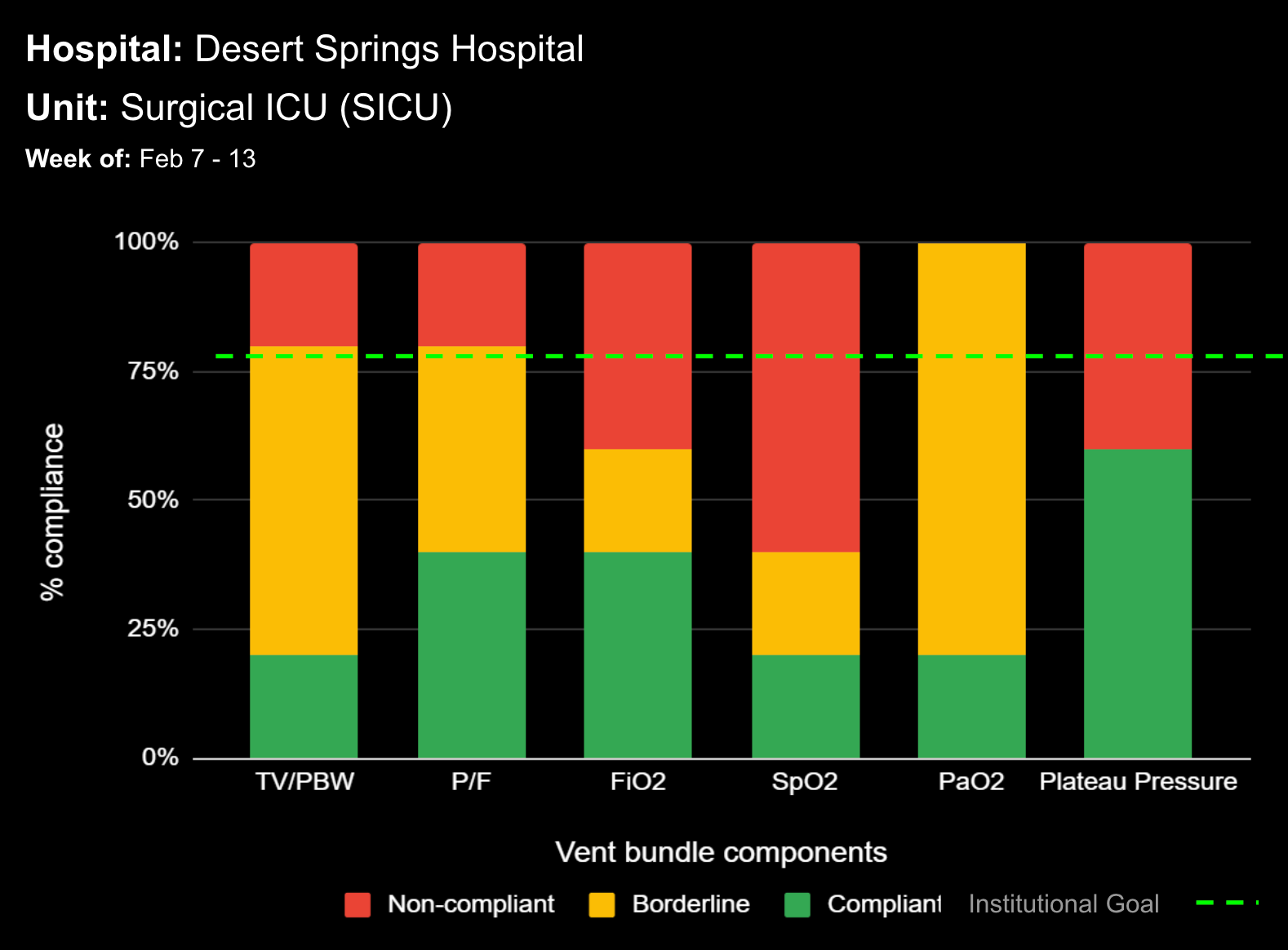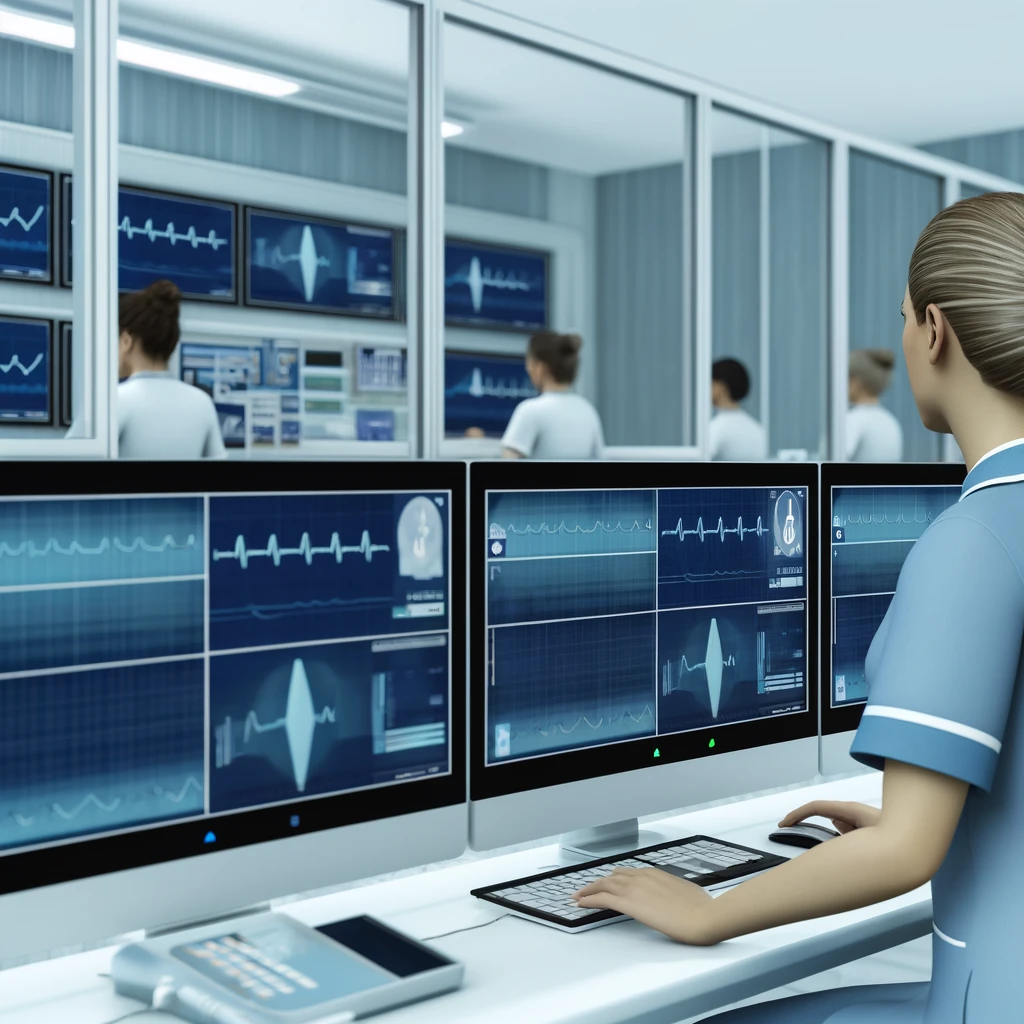
15 May Enhancing Hospital Safety: Integrating Clinical Decision Support with Rapid Response Teams for Proactive Patient Care

Enhancing Hospital Safety: Integrating Clinical Decision Support with Rapid Response Teams for Proactive Patient Care
Rapid Response Teams (RRTs) are specialized groups in hospital settings designed to provide immediate care to patients showing signs of significant clinical deterioration. These teams play an important role in the hospital – act quickly to intervene early. The main goal of this virtual nursing model is to identify and treat patients at an early stage of unanticipated clinical decline to prevent the need for emergency or unplanned transfer to intensive care.
Role and Importance of RRTs in Hospital Settings
Rapid Response Team’s typically respond to patients after being notified by bedside care teams who observe a patient’s condition worsening. Criteria for activating an RRT vary by institution but generally include changes in vital signs, level of consciousness, or other clinical indicators. Upon arrival, the team assesses the patient, administers immediate interventions, and decides on the best course of action: further monitoring, additional treatment, or transferring the patient from acute care to a higher level of care.
Incorporating Decisio’s Clinical Decision Support (CDS) into RRT Workflow
By incorporating the use of Decisio’s Clinical Decision Support (CDS) solution into the existing workflow, this model significantly outperforms the traditional methods of activating the Rapid Response Team. The use of clinical decision support software provides a thorough foundation of patient status to the RRT while also offering visual alerts and potentially concerning clinical trends across an entire unit, care area, or facility. This helps the clinical team monitor large groups of patients more closely, paying particular attention to changes in vital signs and other critical indicators of patient decompensation in near real time.

The benefits of utilizing a Rapid Response Team combined with clinical decision support software like Decisio’s solution are vast and include improved patient outcomes, improved patient mortality rates, improved intervention times, reduced LOS from hospital acquired complications and failure to rescue events, and a significant decrease in unanticipated, or unplanned, ICU transfers. How significant, you ask? RRT activation using near real-time clinical decision support software with NEWS criteria, compared to traditional methods, was associated with a 61% reduction in cardiac arrests and a 32% reduction in unplanned ICU transfers*.
Discover how our innovative solutions are transforming patient care and driving significant cost savings for our clients.
This detailed report provides an in-depth analysis of the ROI hospitals have achieved through the implementation of our advanced patient monitoring systems. Learn about the evolution and impact of Rapid Response Teams, enhanced by our cutting-edge technology, to reduce ICU admissions, improve patient outcomes, and streamline emergency responses.
Request access to the report to explore the data, success stories, and proven strategies that can elevate your hospital’s performance and patient care standards.
Future Directions: Technology and Teamwork in Patient Care Management
While RRT’s are mainly focused on monitoring the acute care areas and the emergency department, their impact is truly hospital wide. Studies show both a decrease in mortality rate and reduction of length of stay (LOS) has been seen throughout the entire hospital.
As the use of Rapid Response Team’s and virtual nursing increases in hospitals around the world, we will continue to support those teams by providing solutions that focus on improving both patient outcomes and the overall experience for clinical teams.
Sources:
*Critical Care Medicine 52(1):p S598, January 2024. | DOI: 10.1097/01.ccm.0001003172.12936.c9
Learn more About How we help clinicians improve patient outcomes
Schedule a call with our team to discuss how we are helping our clients revolutionize how clinicians manage patient interventions.





